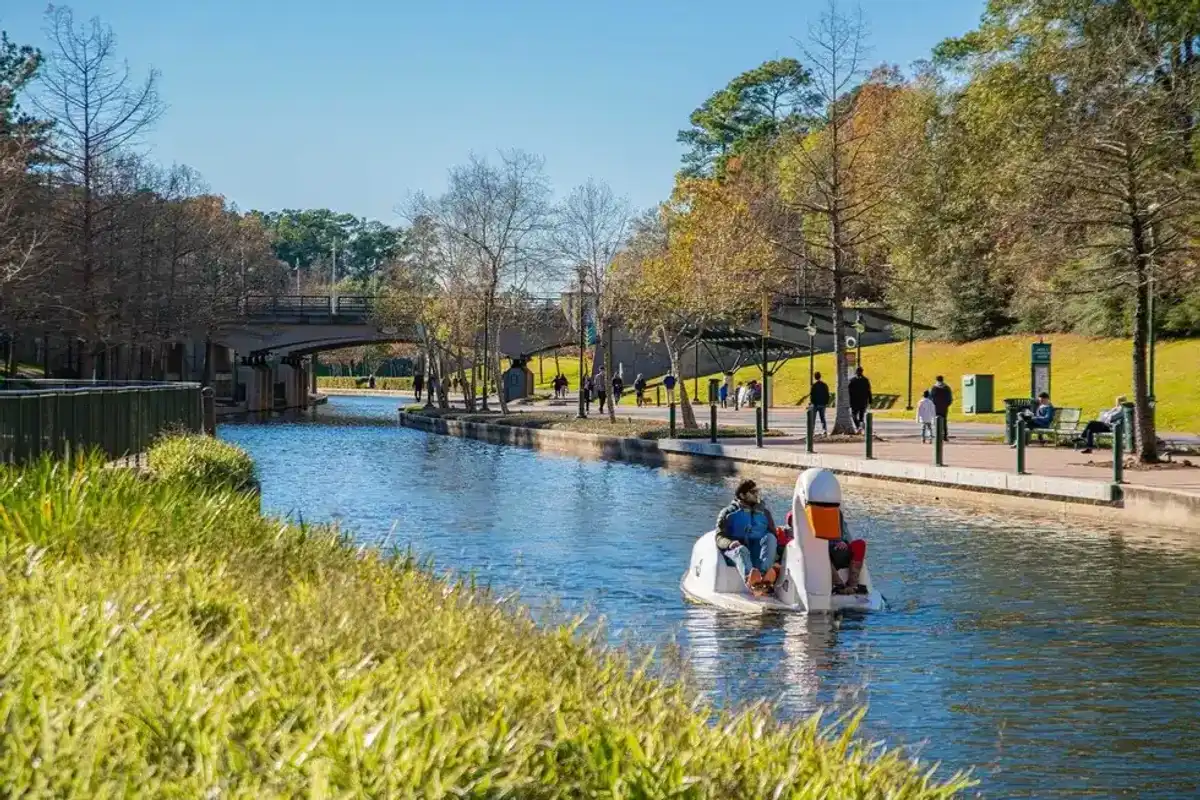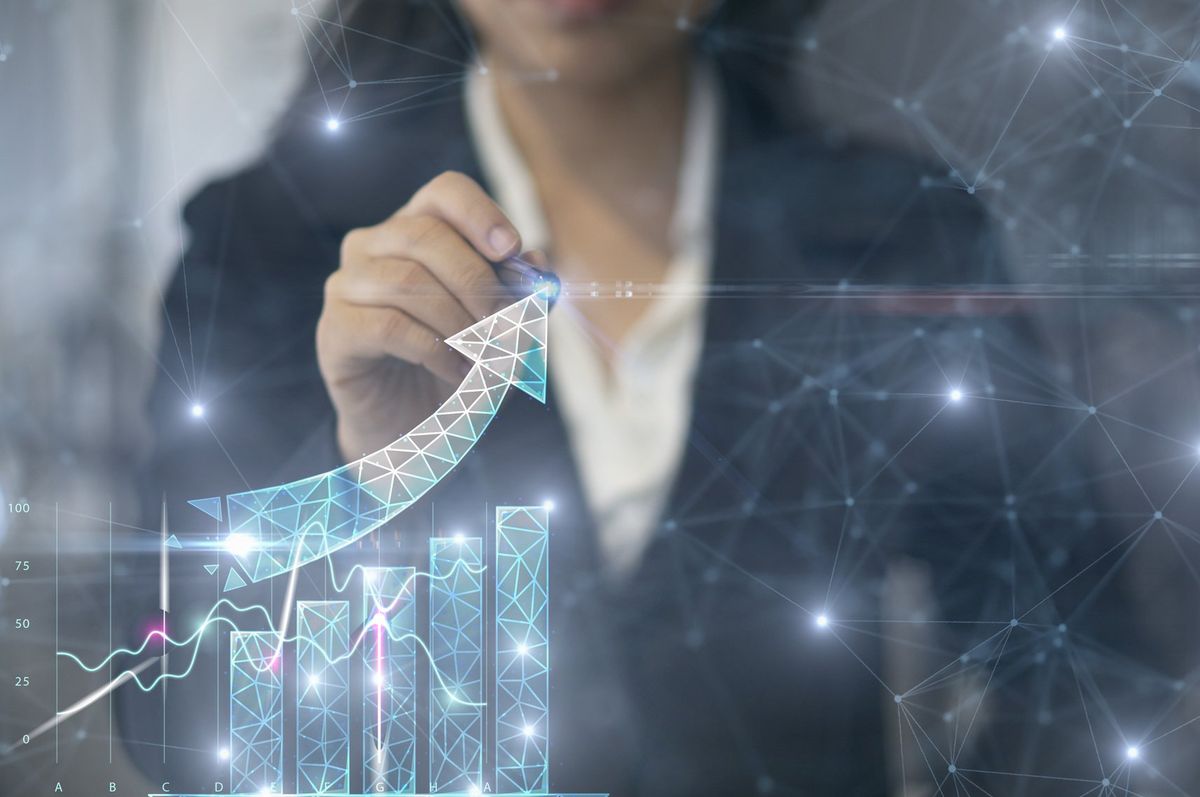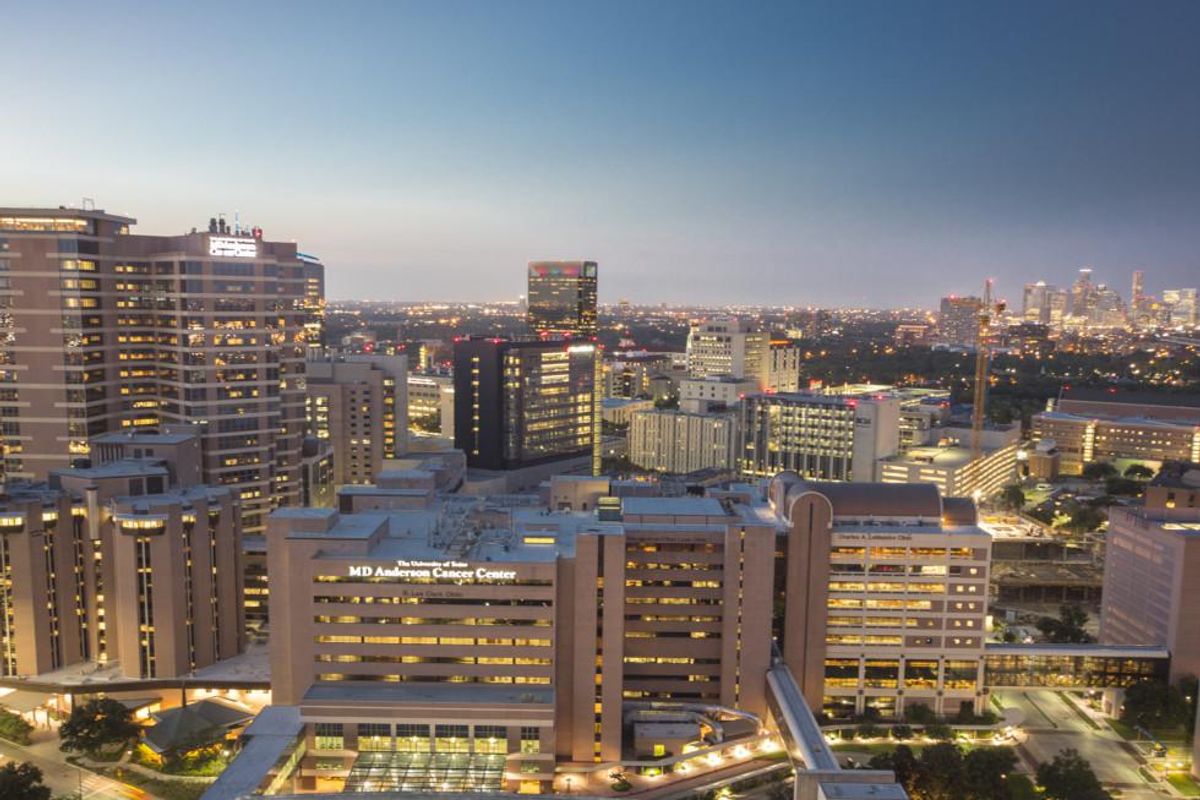Houston space tech co. makes history with lunar lander launch
one small step
Houston-based Intuitive Machines just made one giant leap for mankind.
On February 15, the space exploration, infrastructure, and services company successfully launched its IM-1 mission Nova-C class lunar lander on SpaceX’s Falcon 9 rocket. The launch followed a one-day delay.
The lunar touchdown of the Odysseus spacecraft is set for February 22, according to The Washington Post.
“If all goes well … it will become the first American spacecraft to gently set down on the moon’s surface since the Apollo 17 moon landing in 1972,” The New York Times notes.
It also would be the first commercial vehicle to land on the moon.
The IM-1 mission lander launched from NASA’s Kennedy Space Center in Florida at 12:05 a.m. CST. The lunar lander reached its orbit about 48 minutes later, and made its first communication with Intuitive Machines’ mission operations center in Houston at 12:59 a.m. CST.
The Intuitive Machines IM-1 mission is the company’s first attempted lunar landing as part of NASA’s Commercial Lunar Payload Services initiative, a key part of NASA’s Artemis moon exploration efforts. The science and technology payloads sent to the moon’s surface as part of the initiative are aimed at gearing up for human missions and a sustainable human presence on the moon’s surface.
NASA is the primary customer for this mission, paying Intuitive Machines $118 million to take its payloads to the moon’s surface, including a stereo camera to observe the plume of dust kicked up during landing and a radio receiver to measure the effects of charged particles on radio signals, according to The Times. Also aboard is cargo such as a camera built by students at Embry-Riddle Aeronautical University in Daytona Beach, Florida, and the Moon Phases project by American artist Jeff Koons.
“We are keenly aware of the immense challenges that lie ahead,” Steve Altemus, co-founder, president and CEO of Intuitive Machines, says in a news release. “However, it is precisely in facing these challenges head-on that we recognize the magnitude of the opportunity before us: to softly return the United States to the surface of the Moon for the first time in 52 years.”
The liftoff of the IM-1 mission was targeted for a multiday launch window that opened at 11:57 p.m. CST on February 13. Intuitive Machines and SpaceX had concluded pre-launch testing on February 12.
“I feel fairly confident that we’re going to be successful softly touching down on the moon,” Altemus told The New York Times. “We’ve done the tests. We tested and tested and tested. As much testing as we could do.”
Last year, Intuitive Machines went public through a SPAC (special purpose acquisition company) merger with Inflection Point Acquisition Corp. The Houston company’s stock trades on the NASDAQ stock market. Following the launch of the lunar lander, Intuitive Machines saw a spike in its stock price on February 15.
- Houston innovator discusses the power of a pivot and the future of the Space City ›
- Space tech startup opens new $40M HQ at Houston Spaceport ›
- Houston space tech joint venture snags contract with NASA valued up to $719M ›
- Houston space tech company secures $2.4M to collaborate on moon exploration innovation ›
- Houston space tech startup closes deal to IPO ›
- Houston-based lunar mission's rocky landing and what it means for America's return to the moon - InnovationMap ›





